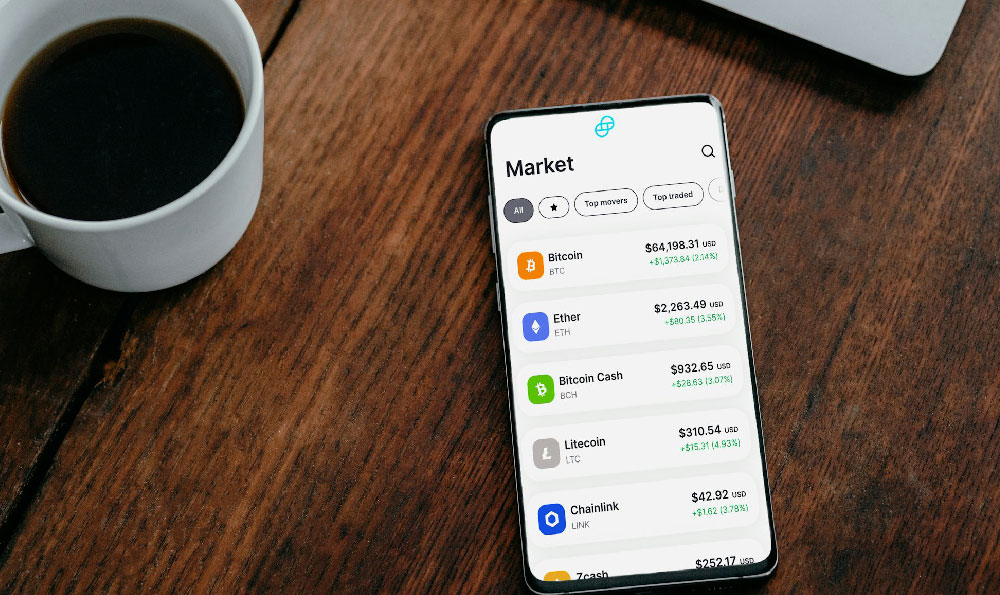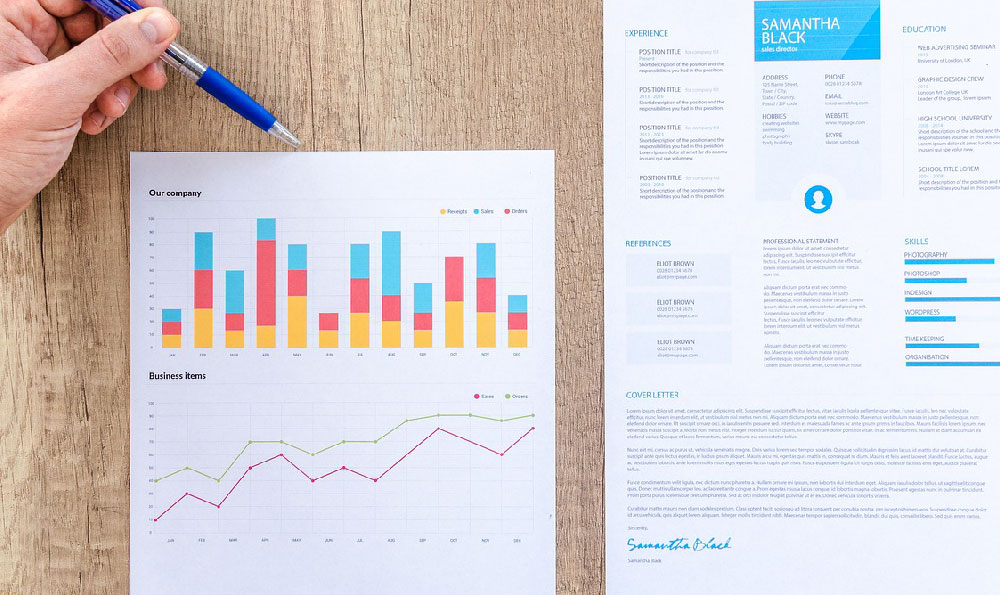The journey of a YouTuber often begins with passion, creativity, and the desire to share something unique with the world. As a channel grows, the prospect of monetization – turning views into revenue – becomes increasingly attractive. However, the path to financial reward isn't as simple as just hitting a certain view count. It's a multifaceted process governed by YouTube's policies, audience engagement, and various revenue streams. Understanding the nuances of this process is crucial for any aspiring creator hoping to build a sustainable career on the platform.
While there isn't a magic number of YouTube views that instantly unlocks monetization, there are specific eligibility requirements that channels must meet before joining the YouTube Partner Program (YPP). These requirements are designed to ensure that channels are compliant with YouTube's community guidelines and ad policies, fostering a safe and responsible ecosystem for both creators and viewers. As of my current knowledge, the key prerequisites for YPP eligibility are: having at least 1,000 subscribers, accumulating at least 4,000 valid watch hours in the past 12 months, having a linked AdSense account, and adhering to all YouTube monetization policies.
The subscriber count and watch hour threshold serve as a barrier to entry, filtering out channels with minimal engagement or those that may be engaging in questionable practices. The linked AdSense account is essential for receiving payments from YouTube. Adherence to YouTube's monetization policies is paramount. This encompasses a wide range of content restrictions, including copyright infringement, hateful content, promoting illegal activities, and misleading metadata. Failing to comply with these policies can result in demonetization, suspension, or even permanent termination of the channel.

Once a channel is accepted into the YPP, the earning potential is tied to several factors. Views remain a critical component, but the revenue generated per view (RPM – Revenue Per Mille, or revenue per thousand views) varies significantly based on several variables. These include the geographic location of viewers, the demographics of the audience, the content niche, the type of ads displayed, and the time of year.
Viewers from countries with higher advertising rates, such as the United States, Canada, and Western European nations, generally generate higher RPMs compared to viewers from countries with lower advertising rates. The demographic makeup of the audience also plays a role. Advertisers are often willing to pay more to reach specific demographics, such as young adults or individuals with higher disposable incomes.
The content niche is another important determinant of RPM. Highly competitive niches, such as finance, technology, and business, tend to attract higher advertising rates due to the potential for advertisers to reach a highly targeted audience with high purchasing power. Conversely, niches like gaming, vlogging, or entertainment may have lower RPMs due to a wider audience demographic and less targeted advertising.
The type of ads displayed on a video also influences revenue generation. Skippable video ads, non-skippable video ads, display ads, overlay ads, and sponsored cards all contribute to the overall revenue, with some formats generally generating higher rates than others. The time of year can also impact RPM. Advertising rates typically surge during the holiday season (Q4) as businesses increase their marketing spend to capitalize on increased consumer spending. During other periods of the year, RPMs may be lower.
Beyond AdSense revenue from ads displayed on videos, creators have several other avenues for monetization. These include channel memberships, where viewers pay a recurring fee to gain access to exclusive perks and content; Super Chat and Super Stickers, which allow viewers to highlight their messages during live streams and premieres; merchandise shelf, which enables creators to sell branded merchandise directly from their YouTube channel; and YouTube Premium revenue, where creators earn a portion of revenue from YouTube Premium subscribers who watch their content.
Successfully navigating the world of YouTube monetization requires more than just racking up views. It demands a strategic approach encompassing content creation, audience engagement, and diversification of revenue streams. Building a loyal audience is paramount. Engaging with viewers, responding to comments, and fostering a sense of community can significantly increase watch time and overall channel engagement.
Promoting videos across other social media platforms and collaborating with other creators can also help expand reach and attract new viewers. Creating high-quality, engaging content that caters to a specific target audience is also key. This involves understanding audience preferences, conducting keyword research, and optimizing videos for search engines.
Protecting your channel from potential pitfalls is just as crucial as growing it. It's imperative to be aware of common scams and strategies that can lead to demonetization or even channel termination. Avoiding clickbait tactics, respecting copyright laws, and adhering to YouTube's community guidelines are all essential for maintaining a healthy and sustainable channel. Remember, building a successful YouTube channel is a marathon, not a sprint. It requires patience, dedication, and a willingness to adapt to the ever-changing landscape of online video. By focusing on creating valuable content, engaging with your audience, and diversifying your revenue streams, you can increase your chances of turning your passion into a profitable venture. Understanding the nuances of the platform and staying informed about best practices is crucial for long-term success.












